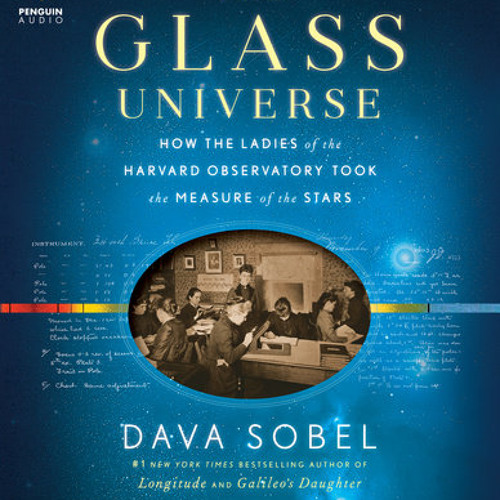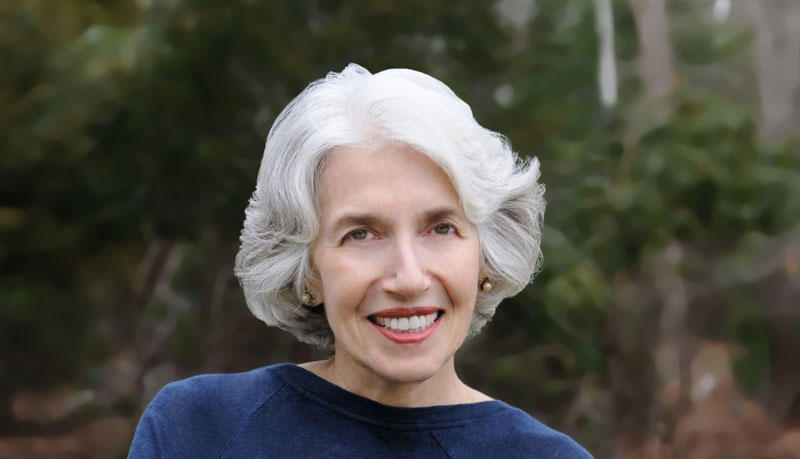
"The Hidden History of the Women Who Took the Measure of the Stars" Even if these ladies were lucky enough to live and work in an unlikely Victorian utopia without these problems, shouldn't at least a paragraph have been devoted to explaining that anomaly? I read this immediately after reading Hidden Figures, which excels at examining the work of those later female computers within the broader social contexts that history, and women - all women - deserve. There is almost no discussion of wage disparity, sexual harassment, theft and degrading of their intelligential property, and the general misogyny at the time. Were they married? Did they have children? Other family members? What did their family members think of their work? Where they supported or demonized for stepping out of social norms at the time? Most distressing is that Sobel presents these women's work in a vacuum. We know almost nothing about most of the women outside of their education and work at the Harvard observatory. None of the characters seemed to have a personality, and only a few had physical descriptions (although there is a photo section). However, I found this book no more than a recitation of those facts. This book is successful in the sense that Sobel has obviously done a lot of research into the facts and it able to relay them clearly, while also plainly explaining the science. It has all the hallmarks of things I love: strong woman, intelligent women, women in science, astronomy, a little known factoid of history, etc. Cecilia Helena Payne, who in 1956 became the first ever woman professor of astronomy at Harvard-and Harvard's first female department chair. Their ranks included Williamina Fleming, a Scottish woman originally hired as a maid who went on to identify ten novae and more than three hundred variable stars Annie Jump Cannon, who designed a stellar classification system that was adopted by astronomers the world over and is still in use and Dr.


They helped discern what stars were made of, divided the stars into meaningful categories for further research, and found a way to measure distances across space by starlight. Anna Palmer Draper, the widow of a pioneer in stellar photography-enabled the women to make extraordinary discoveries that attracted worldwide acclaim. The "glass universe" of half a million plates that Harvard amassed over the ensuing decades-through the generous support of Mrs. As photography transformed the practice of astronomy, the ladies turned from computation to studying the stars captured nightly on glass photographic plates. At the outset this group included the wives, sisters, and daughters of the resident astronomers, but soon the female corps included graduates of the new women's colleges-Vassar, Wellesley, and Smith.

In the mid-nineteenth century, the Harvard College Observatory began employing women as calculators, or "human computers," to interpret the observations their male counterparts made via telescope each night.


 0 kommentar(er)
0 kommentar(er)
